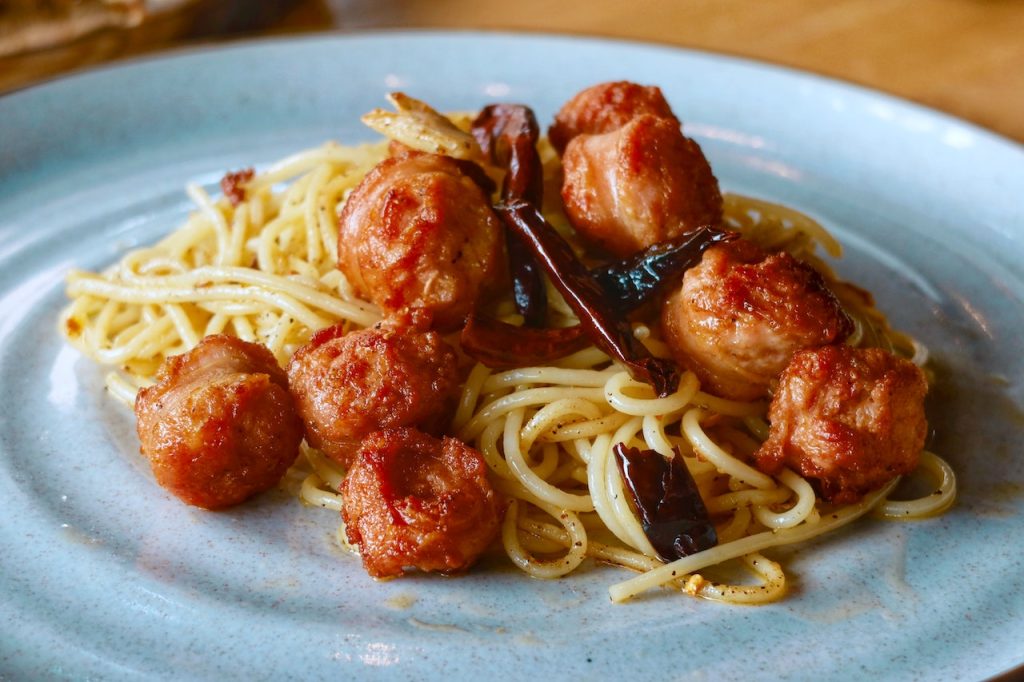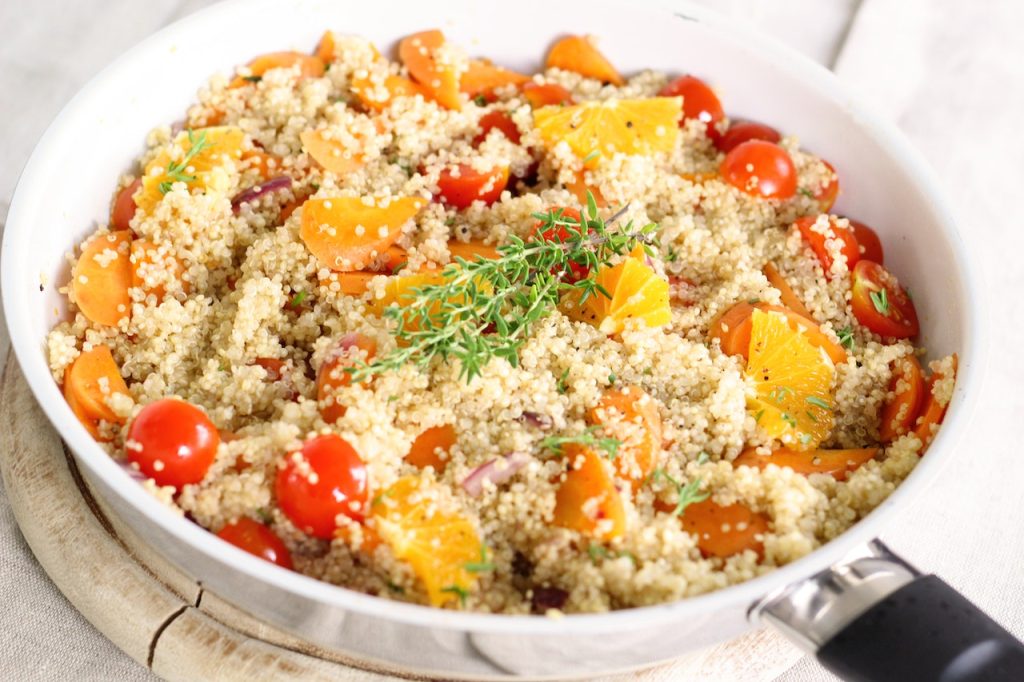From Camping to Cooking: Different Pocket Knives for Different Needs
There’s something undeniably fascinating about pocketknives. These compact tools, with their shiny blades and meticulously crafted handles, have been an indispensable part of human culture for centuries. While their core function remains the same – to cut – the uses and designs have evolved to cater to a plethora of needs. Let’s explore pocketknives and […]
From Camping to Cooking: Different Pocket Knives for Different Needs Read More »





